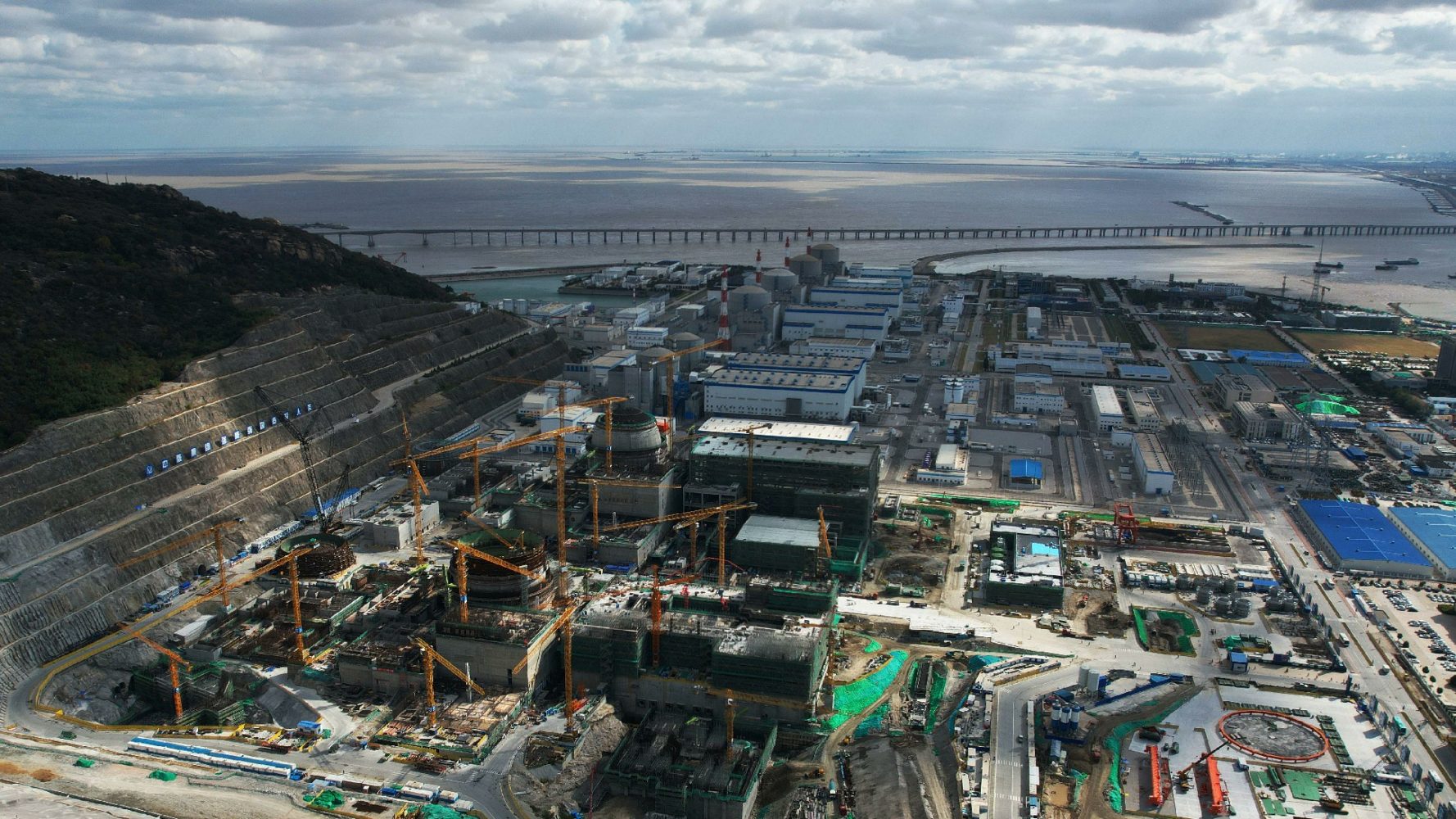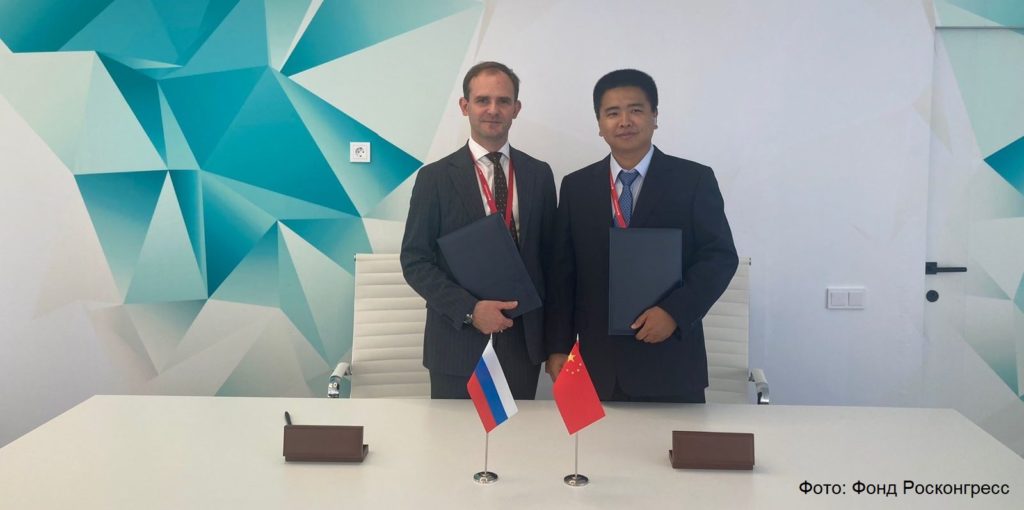
Expanding Ties
back to contentsRosatom-China extensive cooperation goes far beyond power projects. Read our article to learn more about the key developments in their cooperation over the past few months.
Agreements
In early November, the State Specialized Design Institute (GSPI, part of Rosatom) and LS Group Co., one of China’s largest petroleum and chemical equipment manufacturers, signed a memorandum of understanding on the sidelines of the 8th Eastern Economic Forum. The parties agreed to explore opportunities for a hydrogen plant project on the island of Sakhalin. They discussed the possibility of supplying Chinese equipment for this low-carbon hydrogen project, in which Rosatom is a major stakeholder, and exporting the hydrogen produced from Russia to China.
“The cooperation between our companies will contribute to the development of high-tech production on Sakhalin for our mutual benefit. Today’s agreement establishes a platform for a more extensive collaboration across many areas, and we are happy to see our negotiations entering quite a dynamic phase,” said Zang Boyan, Deputy CEO for Business Development at LS Group Co.
In August, Saint Petersburg hosted the 27th Meeting of Russia-China Nuclear Sub-commission of the Commission for the Preparation of Regular Meetings between the Heads of Government. The sub-commission is co-chaired by Alexey Likhachev, Director General of Rosatom, and Zhang Kejian, Chairman of the China Atomic Energy Authority.
The parties discussed the progress of current projects and the future agenda for cooperation in peaceful uses of nuclear energy.
New construction
In mid-October, a VVER‑1200 reactor pressure vessel was installed at the Tianwan Unit 7, which is being constructed with input from Rosatom.
“According to the contract, the Russian party provides technical support to Chinese engineers in the reactor vessel installation. After all the large-size equipment is in place, Russian engineers and builders will supervise the assembly and setup of the nuclear island at Unit 7,” said Alexey Bannik, vice president for projects in China and advanced projects at AtomStroyExport (part of Rosatom).

The reactor pressure vessel was delivered to the construction site in China in early August. Prior to the installation, the RPV passed incoming inspection in accordance with the regulatory requirements. The inspection commission consisted of representatives of the Chinese customer, Rosatom’s engineering division, and the equipment manufacturer Atommash. The reactor pressure vessel weighs 334.2 tonnes and is 11.34 meters long.
The Tianwan NPP is the largest economic cooperation project between Russia and China, with two Russian-designed power units with VVER‑1200 reactors currently under construction. The four other units with VVER‑1000 reactors built earlier at Tianwan have been in operation for some time now.
Another two power units (Units 3 and 4) with VVER‑1200 reactors are being built with Rosatom’s input at China’s Xudabao (Xudapu) Nuclear Power Plant. According to the contracts, Russian companies will develop the design of nuclear islands, supply primary equipment, and provide design supervision, installation and commissioning services. The units will be put in operation in 2027–2028. This July, a containment dome was lifted and placed on top of the reactor building of Xudabao Unit 3 in a one-stage operation. Previously, the dome installation process at Russian-designed nuclear power plants used to consist of two stages.
“We did an unprecedented job on the Xudabao construction site, having optimized the lifting process and installed the dome 188 days ahead of the deadline set out in the contract. The 740‑tonne dome was assembled on the ground and lifted by crane in a one-time effort to be placed on the reactor building,” Alexey Bannik said.
Other activities
Chinese representatives take active part in the events organized by Rosatom.
In late November, a team from China competed at the 10th International High-Tech Profession Championship Hi-Tech 2023 held in Yekaterinburg. Nearly 1,000 competitors and experts from over 25 Russian companies demonstrated their skills in 35 competences. They were joined by contestants from 10 EAEU, BRICS and ASEAN countries.
In mid-November, Chao Liu from China’s International Academy of Neutron Science (FDS Team) spoke at the Innovative Nuclear Power Engineering Projects and Technologies, the 6th International Scientific and Technical Conference held at Moscow’s NIKIET (part of Rosatom). He talked about the CLEAR design for lead-cooled reactors. Chao Liu pointed out that China aimed to overcome the peak of emissions by 2030 and become carbon neutral by 2060. “Nuclear energy plays a very important role in China. Our country supports the development of advanced energy systems, including the planned development of lead cooled reactors,” Chao Liu emphasized.




